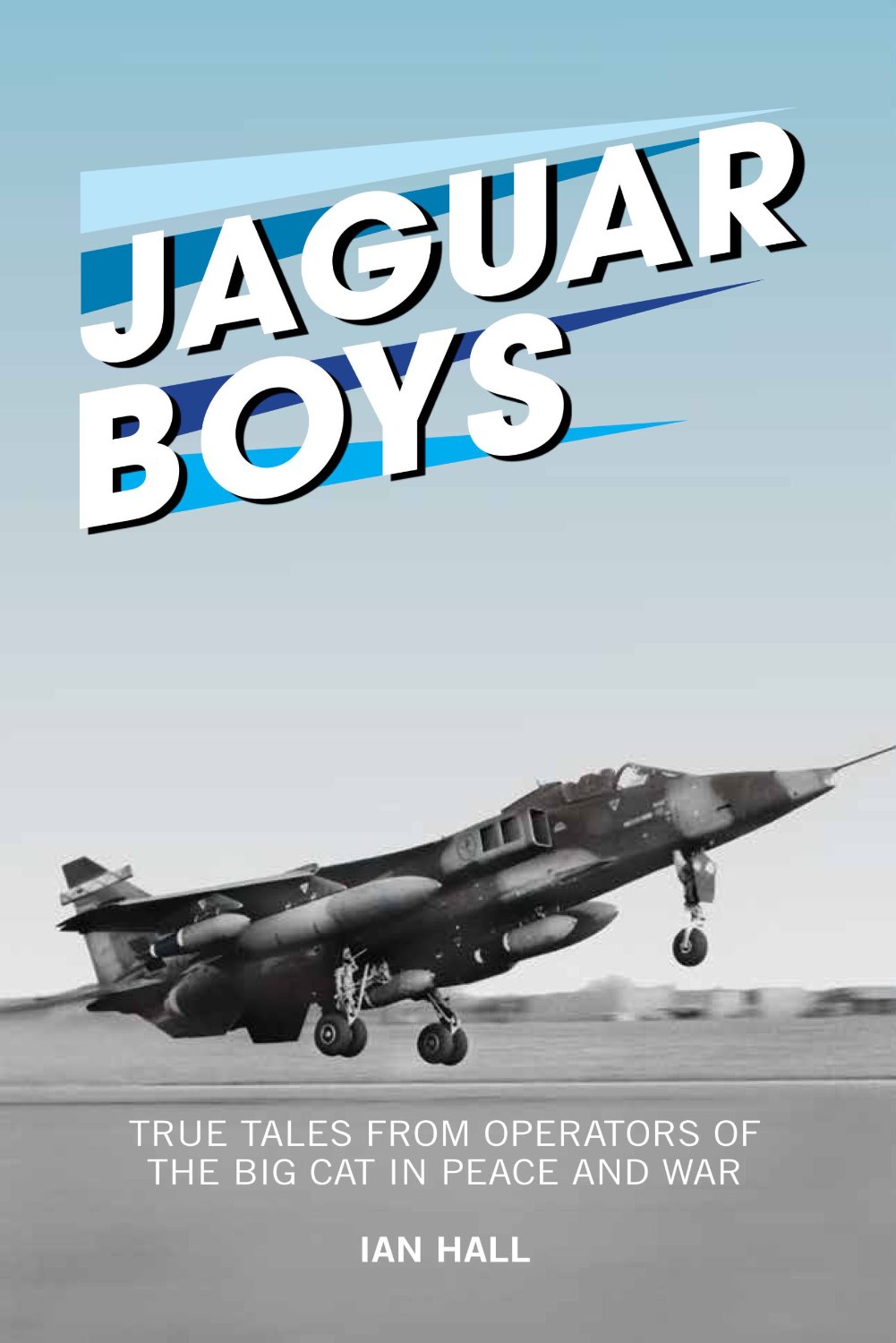Originally intended as a trainer, the Anglo-French Sepecat jet, equipped with the very latest in weapon-aiming and navigational equipment, eventually became the backbone of the RAF’s tactical strike-a
Originally intended as a trainer, the Anglo-French Sepecat jet, equipped with the very latest in weapon-aiming and navigational equipment, eventually became the backbone of the RAF’s tactical strike-attack and recce forces for a decade from the mid-1970s. In these pages, the Jaguar Boys – pilots, engineer and ground crew – tell of the aircraft’s drawbacks and joys, their sadness at losses, and their pleasure at its development into a readily-deployable and outstandingly-capable fighter-bomber for the post-Cold War era. Then came the Gulf War which signalled the start of a hectic sequence of operational adventures and upgrades for the ‘Boys’ and seasoned veterans tell of action over Iraq and in the Balkans. One of the best-loved of RAF types, the Jaguar commanded a fierce loyalty and affection which shines through in these accounts of an aircraft that will live forever in the memory.
Ian Hall joined the RAF at 18 and during seven fighter-bomber tours with two on Jaguars, flew five different operational types. He served in Bahrain, Germany, Belgium, Norway and Canada and retired as a group captain. He now lives near Coltishall — spiritual home of the Jaguar — and edits the 31 Squadron newsletter.
View Biographical note
